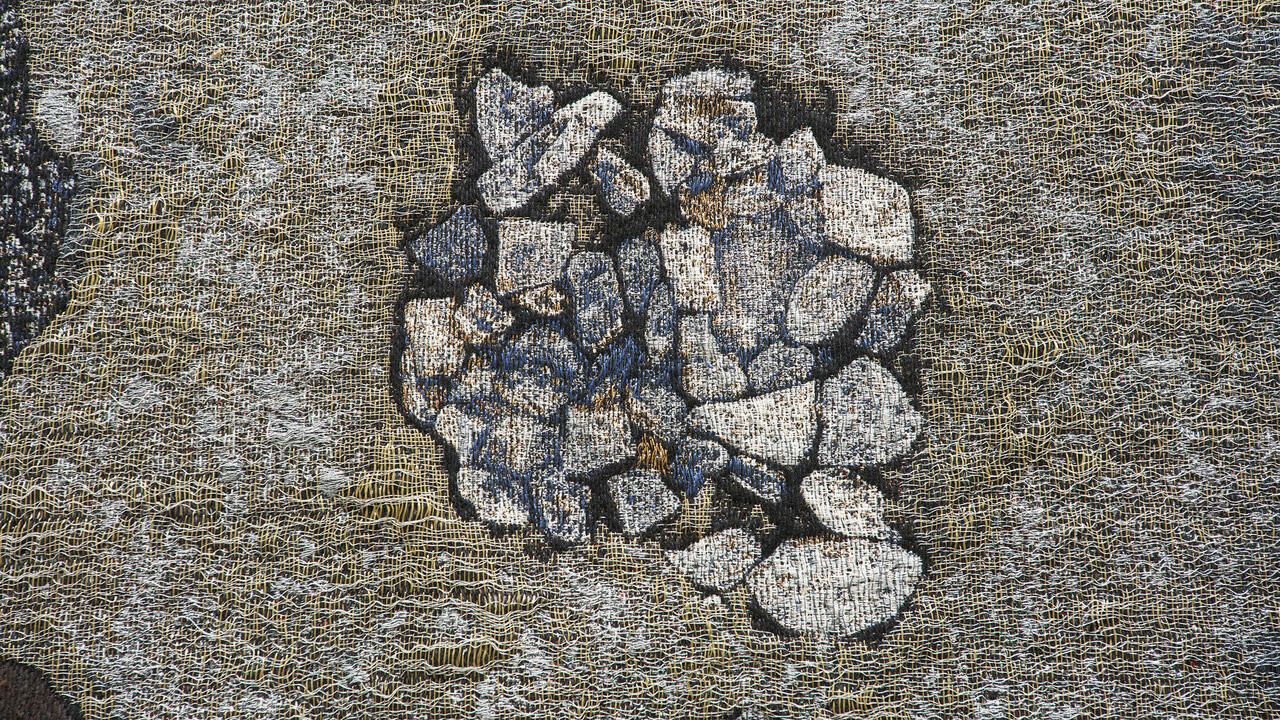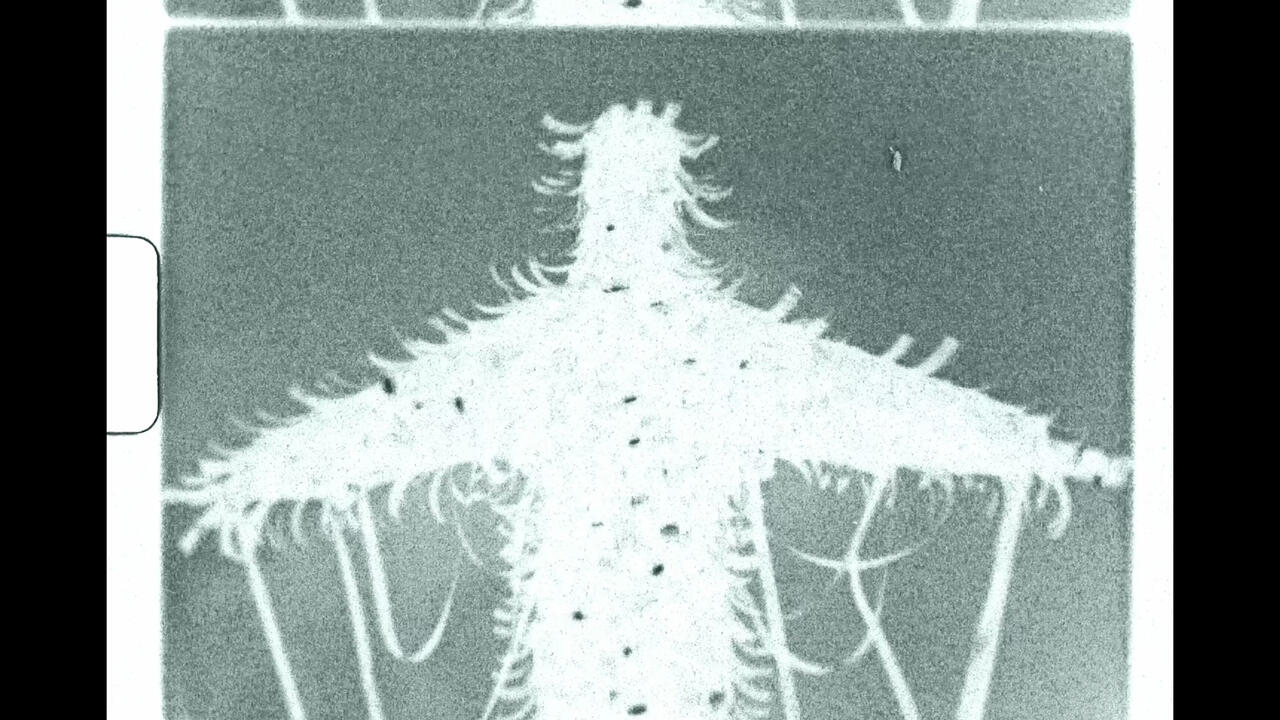Entering the Cave of Max Hooper Schneider
At Maureen Paley, London, the artist’s enticing micro-landscapes examine the results of humanity’s interference with ecology
At Maureen Paley, London, the artist’s enticing micro-landscapes examine the results of humanity’s interference with ecology

It’s the end of days, or after that. Oil drills rust. Silent arcades provide no amusement. Unearthly mushrooms sprout in a grotto inside a heap of dayglo breakfast cereal. In a depopulated dive bar, the only human activity is caught on seven television screens, showing clips from Cheers (1982–93).
Such are the ruins of the world conveyed in four intricate, miniature tableaux in ‘Twilight at the Earth’s Crust’, Max Hooper Schneider’s first UK solo exhibition, across both Maureen Paley’s main gallery and Studio M spaces. Throughout, the artist seems perennially drawn to life in the cave and cavity, the enticing micro-landscape of a rotting tooth. There are traces here of moral decay, too, accompanying the extinction-level event: in Home Alone (2023), a coterie of stuffed animals watches a rotating bed on which two teddy bears sprawl, surrounded by suggestive frankfurters. ‘Sex’ and ‘fuck’ seem just legible among graffiti on the bedstead. ‘Sex Kills’, as Joni Mitchell sang three decades ago and, if the Earth is our mother, then, reader, we fucked her.

The show’s title work is a trainset, in which an insectoid vehicle rides on tracks through a desert landscape, seething in the colours of a bad trip (red, snot green, mauve). Outcrops of rock are studded with 29 miniature screens playing footage of undersea organisms, much of it captured during the artist’s 2017 exploration of coral reefs in Japan. In one chapter of Planetary Vitrine (2018), a book documenting related trips, the artist notes how the trade in fancy fish for home aquaria has ravaged Singapore’s reefs, reducing them by 60 percent. The ornamental aquarium strikes me as a useful reference for these works, for they conjure up a sense of civilizational devastation as a mossy fish-tank ruin evokes a sunken city: that is, not without humour and kitsch, even bathos. The other reference I find unavoidable is the 1960s and ’70s pet-cage assemblage work of the late Japanese artist Tetsumi Kudo that showcases his vision of a debased ‘new ecology’.

The exhibition text, indeed, seeks to frame Hooper Schneider’s work as an ‘examination of the tragic results garnered by humanity’s interference with ecology’. It seems irrefutable that the artist – who, as the text reminds us, boasts degrees in zoology and marine biology – is genuinely committed to limning the reality of human spoilation of the planet. But I’m not sure how clearly these works serve that mission. Especially jarring is the series of four copper sculptures made from electroplated biomatter in odd and unappetising conjunctions – chilli peppers and cherries, cabbage and cloves, broccoli and bark – like grotesque centrepieces at a banquet (‘Dendrite Bonsai’, 2023). Not without a muscularity of form, they read like decadent tchotchkes, reminiscent of Anya Gallaccio’s assemblages of rock, metal and gems in branchlike forms – ikebana for another world. I also can’t help thinking they wouldn’t look amiss among the coralline confections of Damien Hirst’s ‘Treasures from the Wreck of the Unbelievable’ (2017).

The part of me that loved this show is not the one that gets overwhelmed with horror thinking about the climate conditions my young nieces might one day endure. Rather, it’s the part that loves Hornby O Gauge, Colleen Moore’s Fairy Castle (1928–35) and the idea of playing Warhammer. These works elicited in me not planetary panic nor existential alarm but dreadful awe, tickled delight and nervous laughter. Maybe the end of the world is like that. In the early 19th century, some 1,745 years after the Roman city of Pompeii was buried in volcanic ash, archaeologists unearthed a mosaic floor at the entrance of a house that read: CAVE CANEM (‘Beware of the dog’). After apocalypse, absurdity.
Max Hooper Schneider’s ‘Twilight at the Earth’s Crust’ is on view at Maureen Paley, London, until 17 December
Main image: Max Hooper Schneider, Twilight at the Earth’s Crust (detail), 2023, exhibition view. Courtesy: © Max Hooper Schneider and Maureen Paley, London; photograph: Stephen James





















